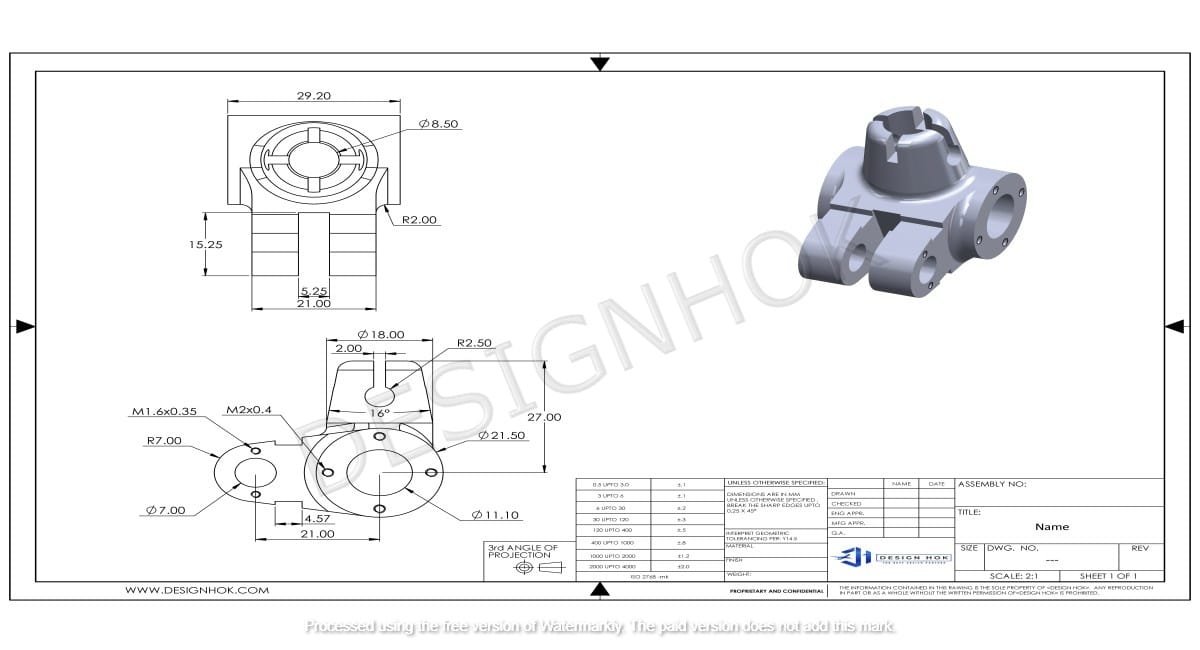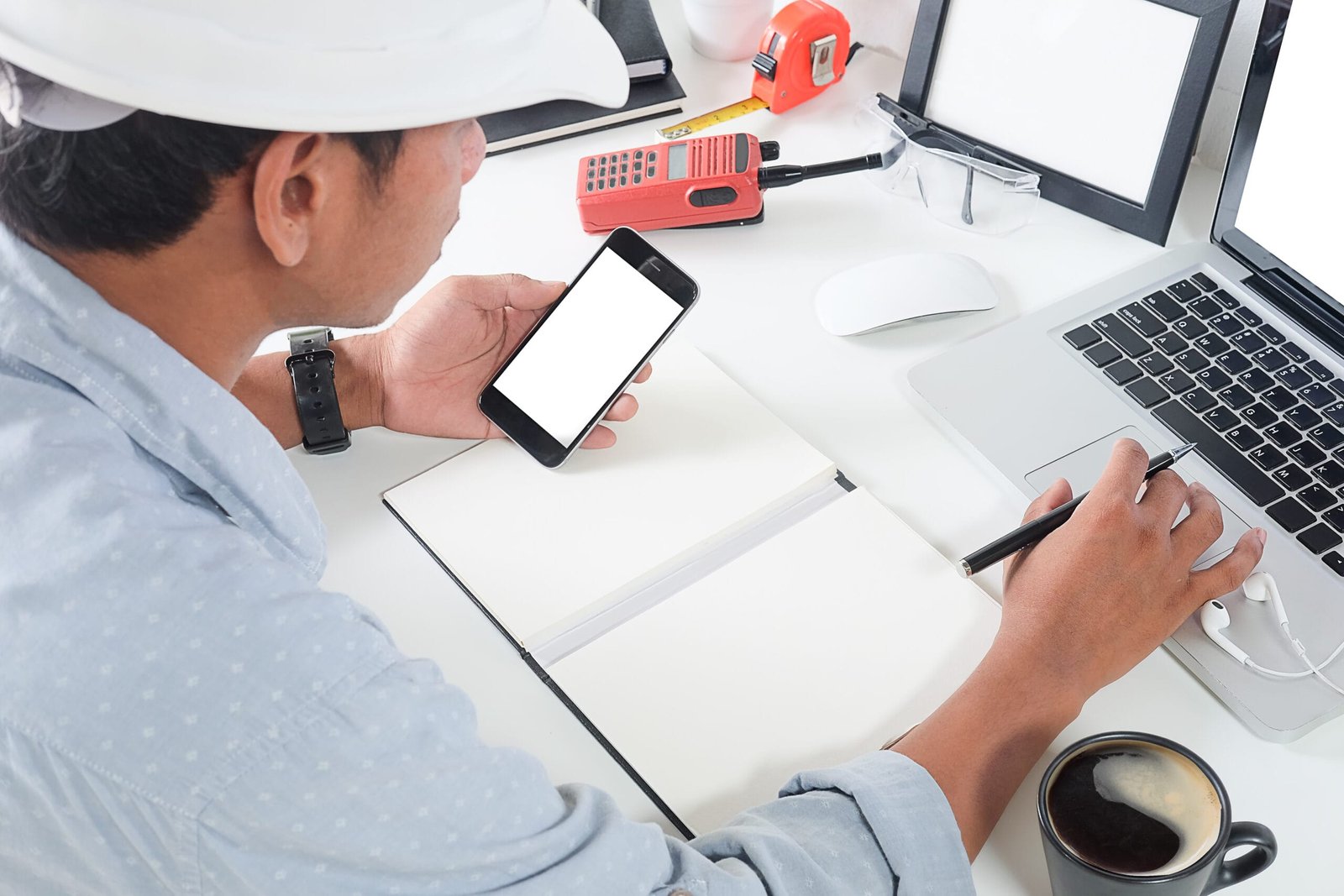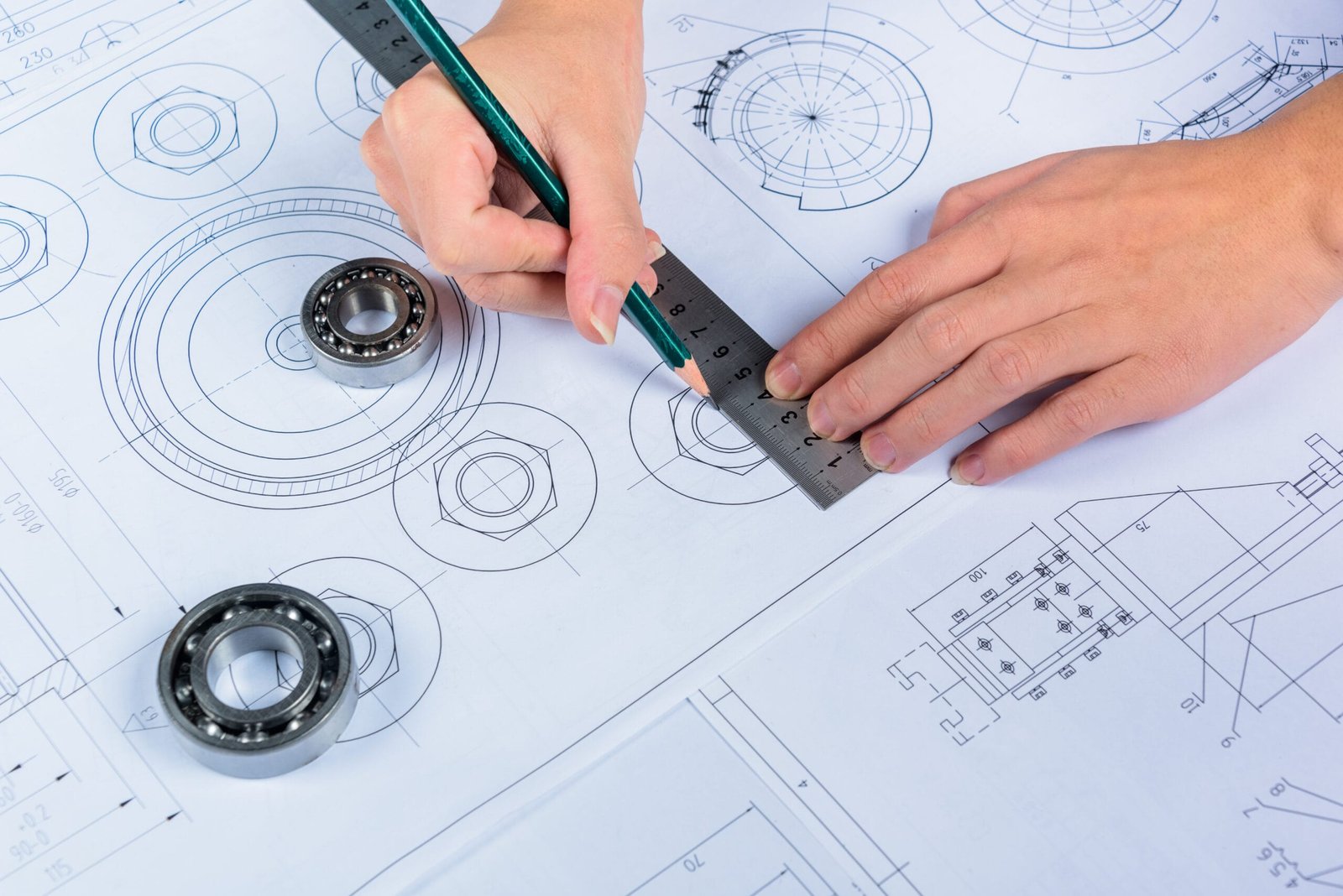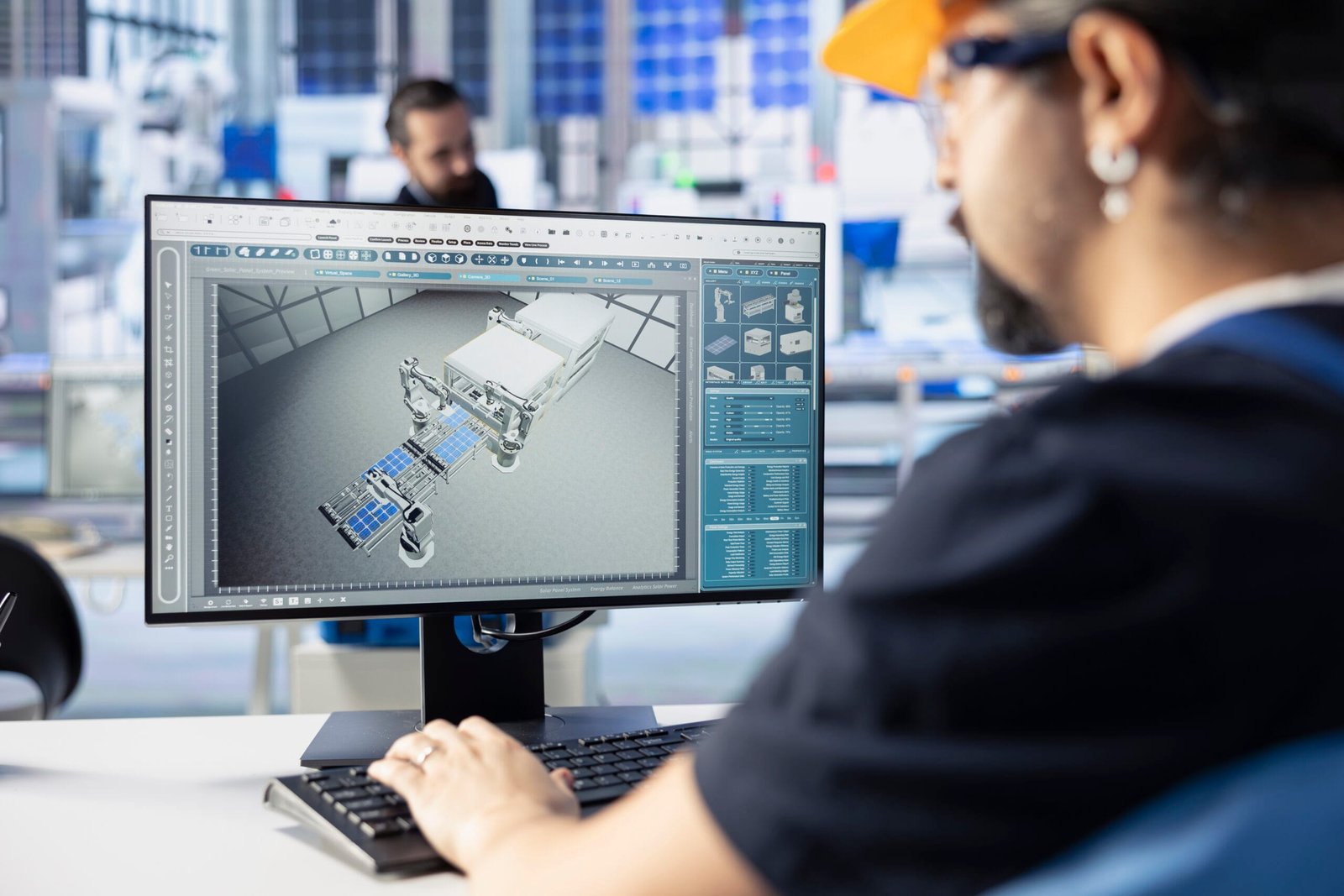Introduction to 3D Rendering
What is 3D Rendering?
3D Rendering Important for DesignHOK is the process of creating a lifelike visual representation of a design or object using specialized software. It allows designers to bring blueprints and sketches to life, presenting them in a more realistic and engaging format.
Evolution of 3D Rendering in Design
Initially, 3D rendering was a niche technology, used only in high-end projects due to its complexity and cost. However, advancements in software and hardware have made it an essential part of modern design practices.
The Role of 3D Rendering in Modern Design
Bridging the Gap Between Concepts and Reality
3D rendering translates abstract ideas into visuals that are easy to understand. This ability ensures that stakeholders and clients can visualize the final product without ambiguity.
Enhancing Visual Communication
With 3D rendering, designers can communicate their ideas effectively, leaving no room for misinterpretation. Clear and detailed visuals foster better collaboration and understanding.
Accurate Representation of Designs
Unlike traditional 2D drawings, 3D rendering offers a detailed and precise depiction of the design. It includes textures, lighting, and other intricate details that improve the accuracy of the presentation.
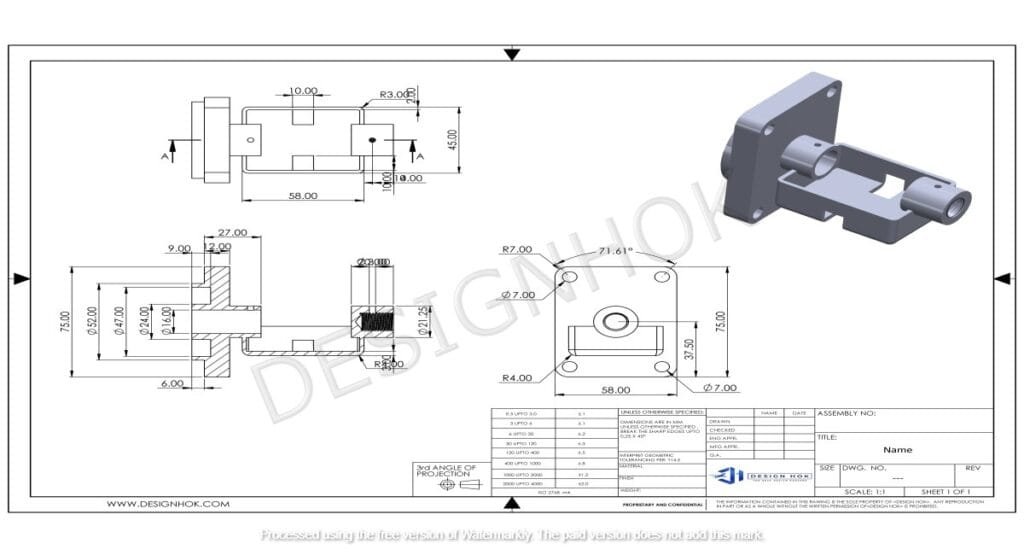
Benefits of 3D Rendering Important for DesignHOK
Streamlining Design Processes
By visualizing the end product early, designers can identify areas of improvement, refine concepts, and minimize revisions, saving time and resources.
Improving Client Understanding and Feedback
Clients often struggle to interpret technical drawings. 3D renders simplify this process by providing visuals that are easy to comprehend, leading to faster approvals and constructive feedback.
Identifying and Resolving Design Flaws Early
3D rendering helps pinpoint potential flaws or inconsistencies in the design before the project progresses, reducing costly errors during later stages.
Applications of 3D Rendering Important for DesignHOK
Architectural Visualizations
From skyscrapers to residential spaces, 3D Rendering Important for DesignHOK enables the creation of stunning architectural designs that showcase every detail vividly.
Mechanical and Product Design
DesignHOK uses 3D rendering to develop mechanical components and products, ensuring precision and functionality in every project.
Interior and Exterior Design Presentations
Why is 3D Rendering Important for DesignHOK breathes life into interior and exterior design projects, presenting ideas in an immersive and visually appealing manner.
How 3D Rendering Important for DesignHOK Enhances Competitive Edge
Delivering High-Quality Visuals
A high-quality 3D render captures attention and makes a lasting impression, helping DesignHOK stand out in a competitive market.
Attracting More Clients with Impressive Presentations
Clients are drawn to firms that can present their ideas in a compelling way. 3D rendering plays a pivotal role in showcasing expertise and creativity.
Tools and Technologies Used in 3D Rendering
Software Popular in the Industry
Tools like AutoCAD, Blender, and 3ds Max are essential for creating high-quality renders. These programs provide the versatility needed for diverse design requirements.
Innovations and Future Trends
Virtual reality (VR) and augmented reality (AR) are revolutionizing 3D rendering, offering immersive experiences that take client presentations to the next level.
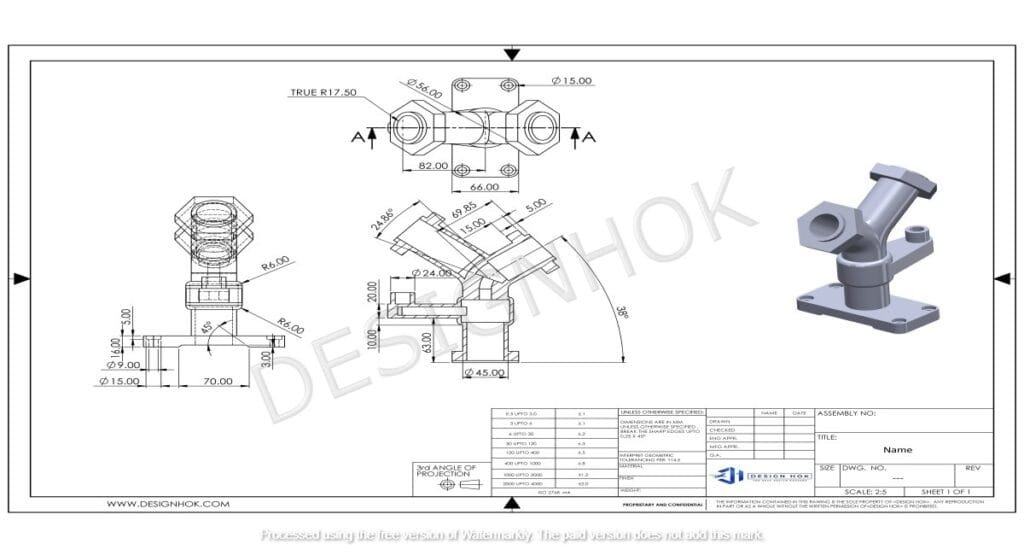
Challenges in 3D Rendering Important for DesignHOK and Their Solutions
Balancing Quality and Efficiency
Achieving high-quality renders without compromising deadlines can be challenging. Leveraging powerful tools and streamlined workflows ensures optimal results.
Managing Complex Projects
Handling intricate designs requires expertise and careful planning. DesignHOK excels in breaking down complexities into manageable tasks.
Conclusion
3D Rendering Important for DesignHOK is more than a tool; it’s a transformative approach that enhances design quality, communication, and efficiency. For DesignHOK, it’s a cornerstone of delivering innovative and visually compelling solutions that resonate with clients and elevate their projects.
FAQs
How does 3D rendering improve client presentations?
By providing realistic and detailed visuals, 3D rendering makes complex designs easy to understand, helping clients make informed decisions.
What industries benefit the most from 3D rendering?
Architectural, engineering, interior design, and product development industries extensively use 3D rendering to improve outcomes.
How does 3D rendering contribute to cost efficiency?
It reduces errors and revisions, saving time and resources, while also ensuring accurate project planning.
What tools are commonly used for 3D rendering?
Popular tools include AutoCAD, Blender, 3ds Max, SketchUp, and VR/AR technologies for enhanced interactivity.
Why is 3D rendering essential for modern design firms?
It bridges the gap between concept and reality, improves communication, and delivers impressive visuals that attract clients and streamline workflows.

